Different types of hand embroidery threads
Hand embroidery threads come in various materials and textures. They come in a myriad of colors and different thicknesses too. Store your threads carefully and away from sunlight to avoid the fading of color and its quality. With good care, you can keep and use your threads for many years. See those silk and wool threads in this post?- they are 20 years old! The Rayon ones are 15 years old.
Knowing what thread to use in your project will help you in making your project beautiful. Here is a list of the most common ones.
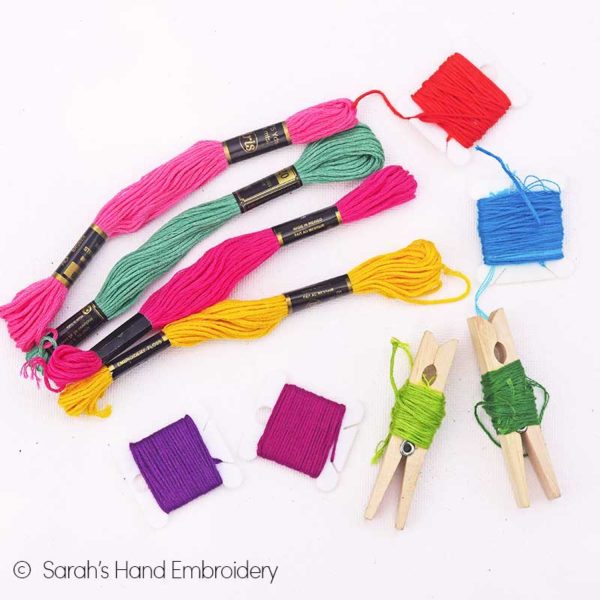 | 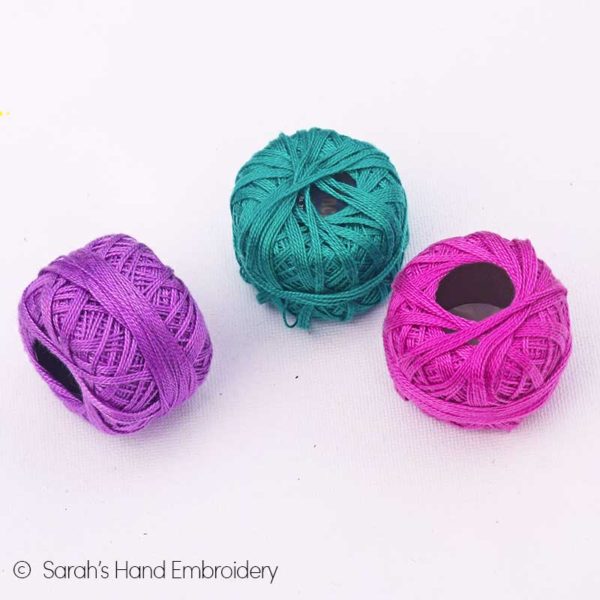 |
| Stranded Embroidery Cotton: These are the most common embroidery threads. It comes in a myriad of colors, each identified by a color code. The color codes are different for each brand. The popular brands are Anchor and DMC. The Stranded Embroidery Cotton is also called ‘the embroidery floss’. It is made of 6 strands that are separable and often separated to adjust the thread’s thickness as required for the embroidery. For reference, 1 strand of embroidery floss is excellent for needle painting, while all the 6 strands are applied on needlepoint. | Perle Cotton: These are, probably, the next popular thread in hand embroidery. They too come in a variety of colors and each color is indicated by a color code specific to the brand. They are commonly used in needlepoint and surface embroidery. The thread is not separable. They, however, come in different thicknesses, each marked by a size number. The thicker the thread, the lower the size number. For a reference, Size #3 Perle cotton is roughly the size of 6 strands of embroidery floss, and size #12 of embroidery floss is roughly the size of 1 strand of embroidery floss. |
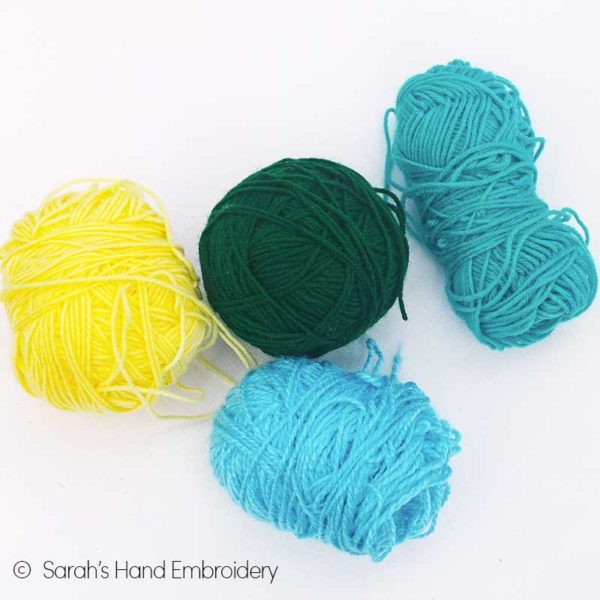 | 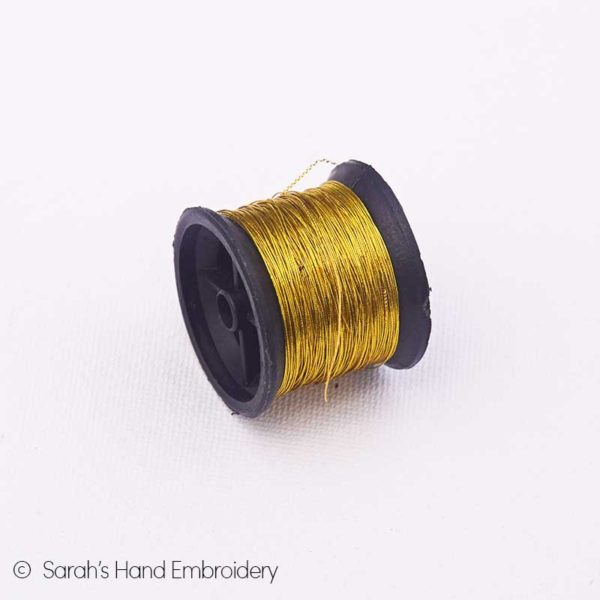 |
| Wool: Knitting wool is often used in needlepoint and cross-stitching, and in Crewel Embroidery. The thickness of wool is often referred to as ‘yarn weight’. It begins with 0, known as Lace, which is the thinnest. This number moves up, one number at a time, to reach 7, known as Jumbo, the thickest. The 0 weight yarn comes in 1-3 ply. Persian Yarn is quite popular and comes in 3-ply, which can be separated to adjust the thickness. Crewel Yarn is similar to a 1-ply Persian Yarn and is excellent for Crewel Embroidery. Tapestry yarn is non-separable, but has a similar thickness to the 3-ply Persian Yarn, making it apt for needlepoint. | Metallic: Beautiful, but a wild child, the metallic thread is often used as a highlighter in surface embroidery. It is used in combination with the other embroidery threads. Gold, silver, copper, and platinum are the most popular colors, though they can come in standard colors. Metallic threads can be a challenge to work with. It not only wears easily but also tangles and snags as quickly. So, here are some tips- Cut shorter lengths of thread each time. Use fewer strands to stitch. A big needle will definitely help in reducing the thread friction as it passes through the fabric. Damping the threads lightly will help, or use a thread conditioner to tame this wild thread a bit. Patience is essential to work with this thread. Avoid using this on fabric that undergoes heavy or frequent washing. |
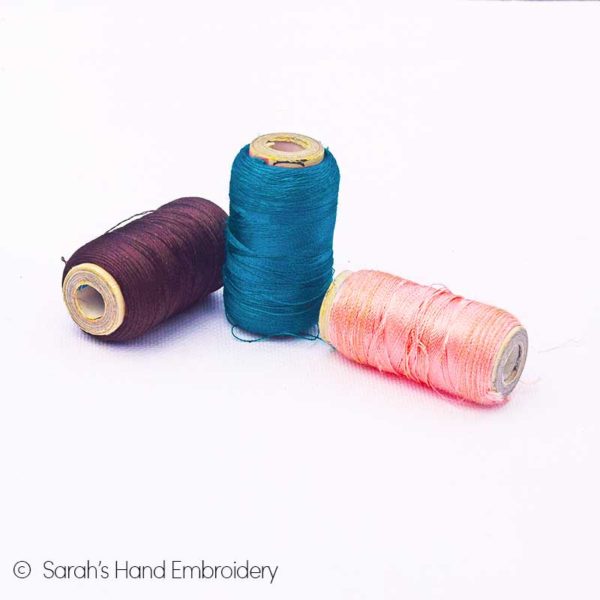 | 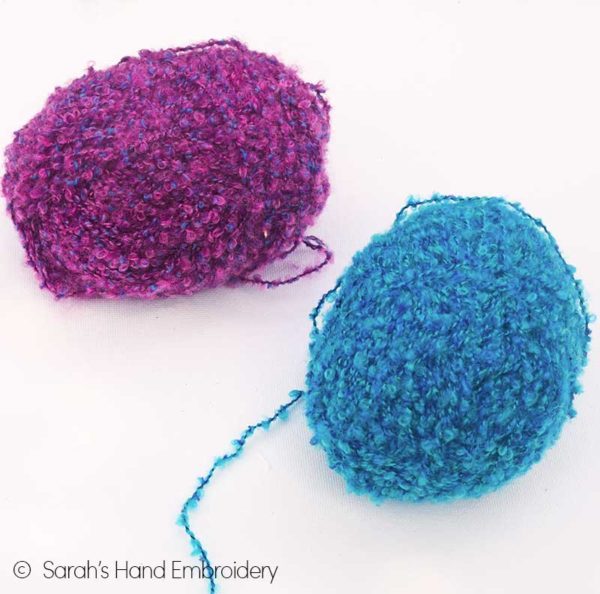 |
| Silk: Silk threads often come in spools and in vibrant colors. The thread is thin and needs to be layered to make the required thickness. Silk thread is great for needle painting and fine embroidery. Being thin, it can be used to couch down thicker threads. | Novelty Threads: Novelty threads are similar threads with fancy textures and are used as an addition over other embroidery work. These threads can come in cotton, synthetic, wool, and can include laces too! |
 | 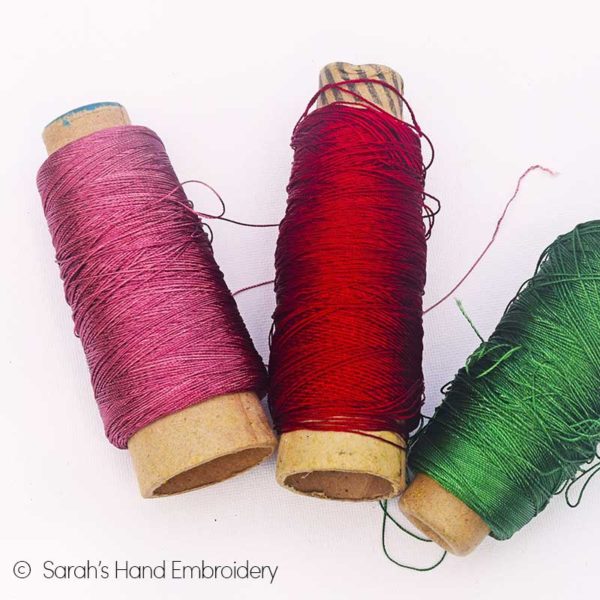 |
| Variegated: Variegated threads are threads that combine different shades of a single color in the same yarn. They can come in stranded cotton, Perle cotton, silk, or even wool. The effect left by these threads are beautiful and can be particularly attractive when used cleverly on your project. | Rayon: Rayon threads are synthetic and have a high sheen. It got popular because it is inexpensive and is mainly used in Brazilian Dimensional Embroidery. This thread is manufactured so that it gets a ‘z twist’ in contrast to the ‘s twist’ on a cotton thread. Due to this, many embroidery stitches need to be modified in their technique to maintain the outcome. |
 |  |
| Overdyed threads: Overdyed threads include two or three shades of different colors in a single thread. They can come in stranded cotton, Perle cotton, silk, or even wool. | Crochet: Crocheting can be done using any kind of thread. The crochet thread in turn can be tried for hand embroidery too. It could wear off easily while passing it through the fabric often, and so, shorter lengths are cut in order to save from the loss of sheen. |
Other Threads
| Floche: Floche (pronounced flosh) is, probably, a more sophisticated version of the regular stranded cotton. It comes in a similar way as the regular stranded cotton but is much softer, shinier, and more luxurious. Floche is made of five strands, but they cannot be separated. It can also be expensive. | Ribbons: Ribbons come in a variety of kinds and can be made of silk, cotton, or synthetic. The most common ones used in embroidery is the satin ones. They come in a variety of colors and has a smooth feel and sheen to it. They carry in their thicknesses and are selected based on the kind of project you are using it for. |
Learn how to handle threads


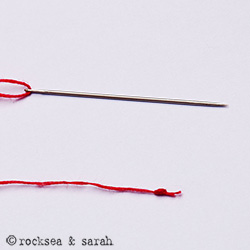

 Sarah has been researching and sharing hand embroidery lessons for over 17 years, making it accessible to everyone around the globe.
Sarah has been researching and sharing hand embroidery lessons for over 17 years, making it accessible to everyone around the globe.
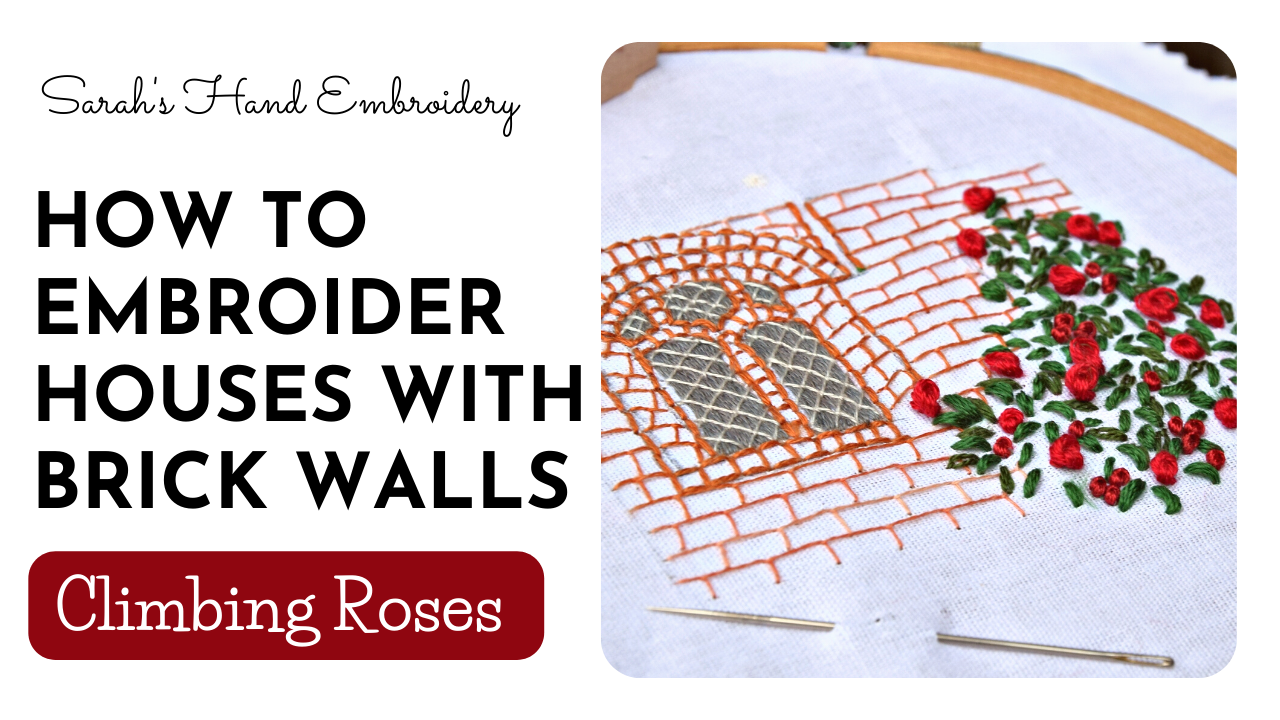
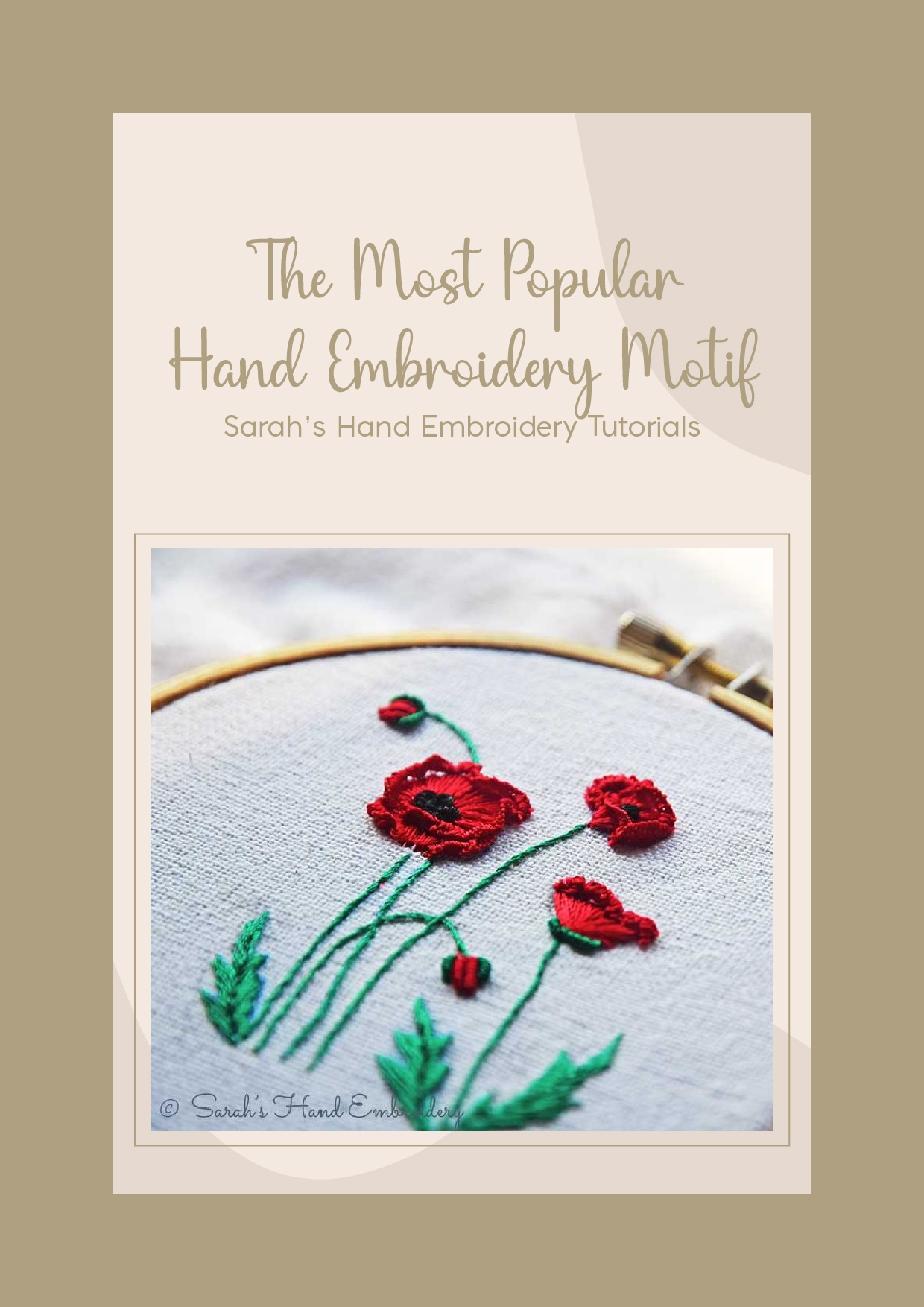
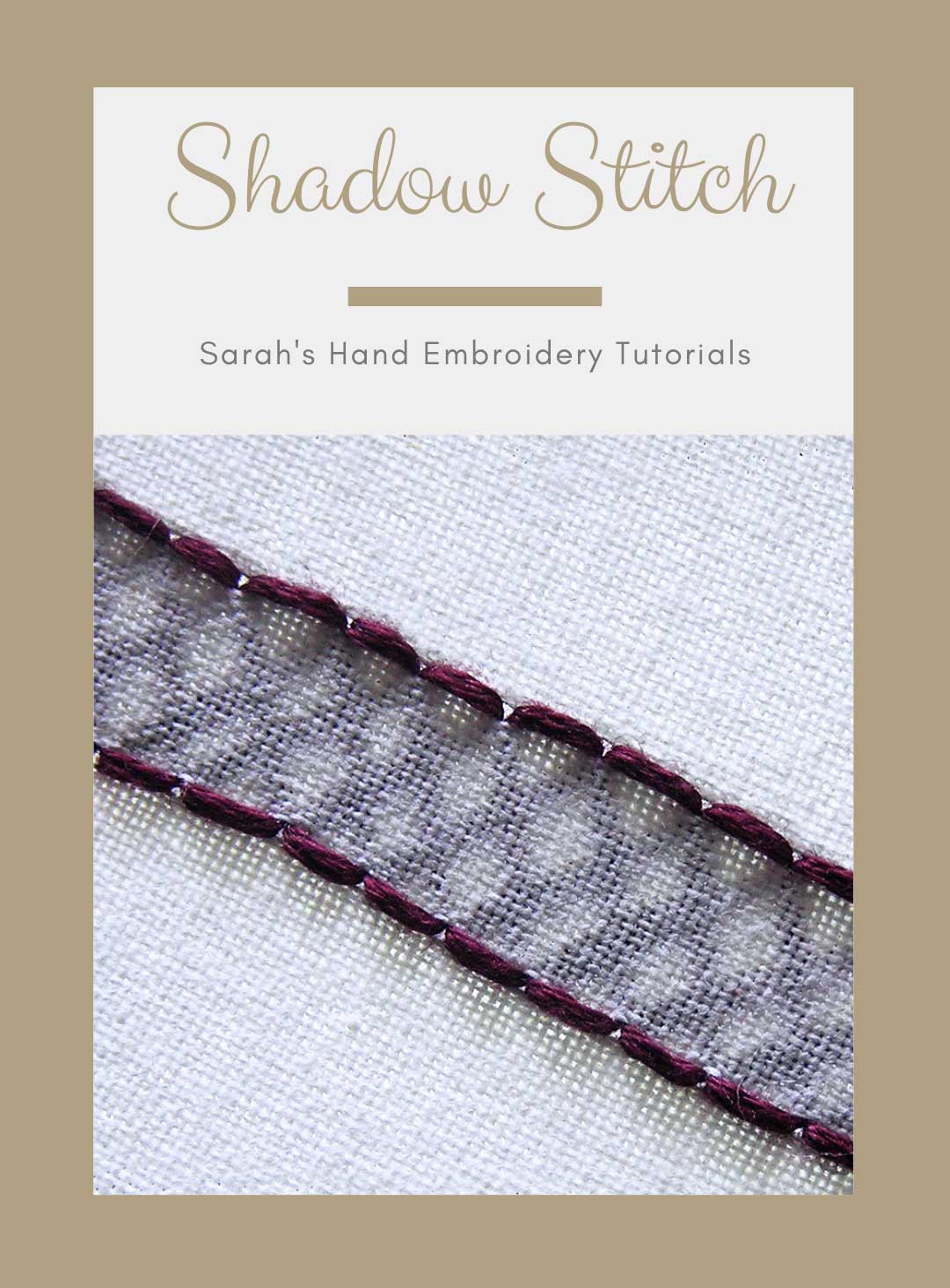


I make bracelets. Anyone here who can supply embroidery floss
I am looking for ethical, sustainable, fair trade embroidery floss and yarns. Your recommendations?
i volunteer in a Museum, and we have a very old embroidered Bedspread, it is done in variegated thread, could you tell me when that tread was introduced, Many thanks
Hi Mary. Good question. I don’t think I know that answer yet. I will certainly try to do my research on it and get back to you if I find the answer. Can you help me and give me an idea of how old must the bedspread be? Thank you.
Is it ok to use Red heart yarn thread for Indian tradition embroidery? if not what is most suitable yarn? i am in USA.
Hi Jytoi,
It is absolutely okay to use the Red /heart Yarm for Indian Traditional Embroidery (well, most of them). It depends on which specific embroidery you are talking about. The other suitable yarn would be pearl cotton and of course, the cotton embroidery floss- look for the DMC brand. The Red Heart Yarn can be great to work woven stitches in embroideries like kutch work or kamal Kadai. I would suggest pearl cotton or cotton embroidery floss for embroideries that require more sewing like the Kantha work. I hope this gives you an idea and direction. Let me know!
Hi Sarah,
I’m thread manufacturer in surat,
I want to expand business in different thread product.
Please help for the same
I make bracelets and Wish to get in touch with you for my threads. Email me
Dear
i want to buy your company yarn…how?
please guide me.
Best rg
Hi Hani.
Thank you for contacting me. I do not sell yarns, yet. I use Anchor brand and locally made yarns of different kinds. 🙂
Regards,
Sarah
Thank you, Sarah. You’re so thorough in your explanations.
Glad that you liked it, Isabel!:)